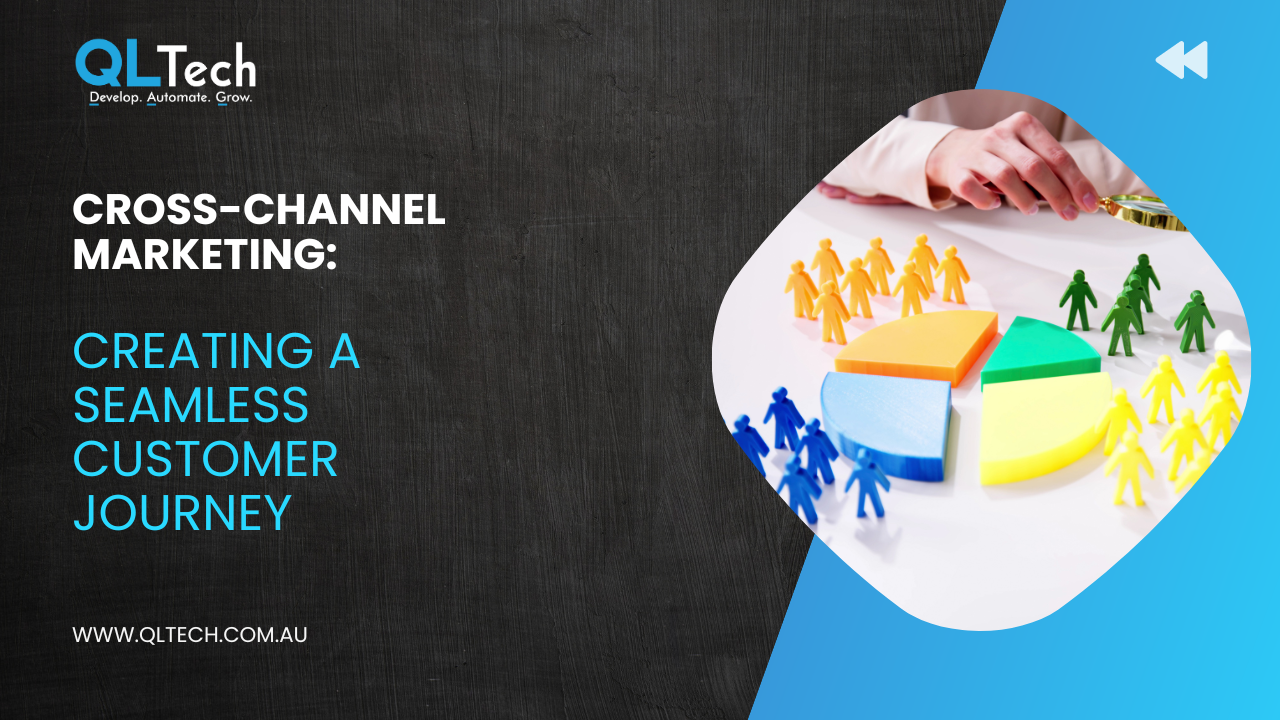In today’s data-driven landscape, businesses are increasingly relying on Customer Data Platforms (CDPs) to harness the power of customer information. Traditionally, CDPs have been instrumental in consolidating data from various sources, providing a unified view of customers. However, with the advancement of AI and automation, the role of CDPs has evolved beyond mere data collection. Let’s delve into how AI and automation are revolutionising modern CDP practices and reshaping the way businesses engage with their customers.

Enhanced Customer Insights
AI algorithms embedded within CDPs can analyse vast datasets in real-time, uncovering valuable insights that go beyond basic demographics. By leveraging machine learning techniques, CDPs can identify patterns, preferences, and behaviors of individual customers, enabling businesses to understand their needs and anticipate future actions. These insights empower marketers to tailor personalised experiences that resonate with each customer, driving higher engagement and conversion rates.
Personalised Experiences
With AI-driven recommendations and predictive analytics, CDPs can deliver hyper-personalised content and product recommendations across multiple channels. By understanding customer preferences and past interactions, businesses can create targeted marketing campaigns that capture attention and foster brand loyalty. Whether it’s personalised emails, tailored offers, or customised website experiences, AI-powered CDPs enable brands to deliver relevant content at the right moment, enriching the customer journey and increasing satisfaction.
Improved Marketing Strategies
Automation plays a crucial role in optimising marketing strategies within CDPs. Automated workflows streamline campaign execution, from segmentation and targeting to content delivery and performance tracking. By automating repetitive tasks, marketers can focus on strategic initiatives and creative endeavors, maximising efficiency and productivity. Furthermore, AI-powered algorithms can continuously optimise marketing campaigns based on real-time data, ensuring maximum ROI and driving continuous improvement.
Data Management and Integration
AI-driven data management capabilities enable CDPs to handle complex datasets with ease, ensuring data quality, accuracy, and compliance. Through advanced data integration techniques, CDPs can aggregate information from disparate sources, including CRM systems, social media platforms, and IoT devices. This holistic view of customer data enables businesses to break down silos, gain a comprehensive understanding of customer interactions, and orchestrate seamless omnichannel experiences.
Scalability and Flexibility
As businesses grow and evolve, scalability becomes paramount. AI and automation empower CDPs to scale effortlessly, accommodating growing data volumes and expanding customer bases. Whether it’s handling millions of transactions or supporting new channels and touchpoints, AI-driven CDPs offer the flexibility to adapt to changing business needs without compromising performance or reliability.
In conclusion, AI and automation are propelling Customer Data Platform practices beyond traditional data collection, unlocking new possibilities for customer engagement, personalisation, and marketing effectiveness. By harnessing the power of AI-driven insights and automation capabilities, businesses can stay ahead in today’s competitive landscape, delivering exceptional experiences that drive long-term customer relationships and business success.
